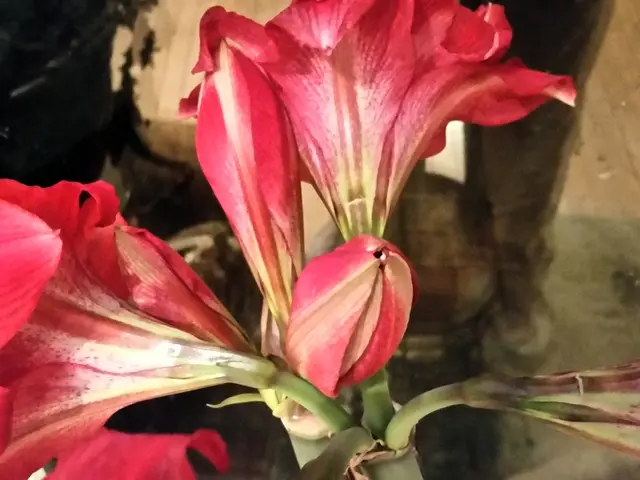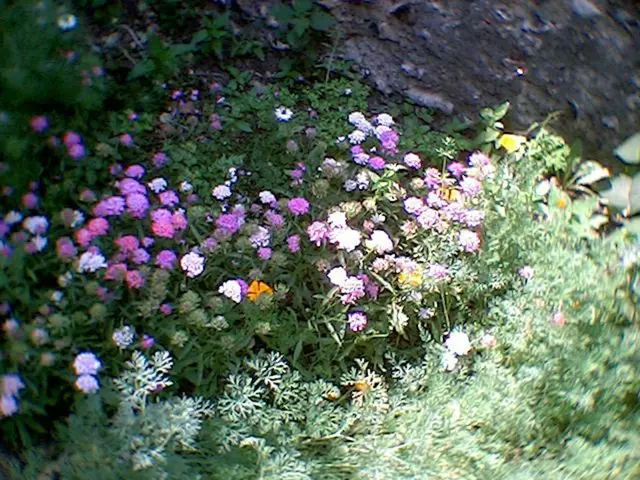Creating and Setting Up a Watering System for Your Garden at Ground Level: Useful Suggestions and Tricks
Title: Rock Your Garden with an Easy-Peasy DIY Underground Irrigation System Category: Blog
September 14, 2023
Fed up with watering your lawn manually and ready to upgrade to an automated irrigation system? Well, buckle up, garden enthusiast, because we've got the lowdown on how to design and install your own underground irrigation system in a breeze. So grab your measuring tape and let's dive in!
Gather Yer Data Dude!
Before you start planning, it's crucial to collect some essential info about your yard and water supply.
📐 Scale Drawing of Your Garden
To get started, you'll need a scale drawing of your garden. Measure each side using a tape measure and sketch it out on a piece of graph paper.
💧 Water Quantity (flow rate & pressure)
Next up, it's time to gauge the amount of H2O available to you. This is referred to as the flow rate, or the number of gallons that flow from the tap per minute.
Steps to Measure Flow Rate
- Grab a bucket of a known volume (a common bucket will do), and time how long it takes to fill from your water source.
- Multiply the volume by the number of minutes to get the flow rate.
Example:
Bucket volume: 5 gallonsFilling time: 10 minutesFlow rate: [5 gallons/10 minutes] x 60 = 30 gallons per minute
For optimal system performance, aim for a minimum flow rate of 25 gallons per minute.
To measure pressure, use a manometer. This will give you a reading in pounds per square inch (psi) or bars. The minimum recommended pressure for an efficient irrigation system is between 28 and 30 psi, while the maximum should be no more than 55 psi.
Design Time, Yo!
With all the necessary data gathered, you're ready to start designing your dream irrigation system. To better understand the terms used below, read up on the Characteristics of an Irrigation System.
Choose Your Sprinklers
Select sprinklers based on the distance they need to cover. For instance, if your garden is 7 meters deep, choose a sprinkler with a range of approximately 7 meters.
Set Up the Sprinklers
Place the chosen sprinklers on your drawing according to the "head-to-head" pattern. This means that each sprinkler should reach the next one, ensuring even water distribution.
Calculate Sprinkler Flow Rates
Calculate the flow rate for each type of sprinkler to determine if you have enough water flow for all zones.
Divide the Yard into Zones
Unless your lawn is tiny, you'll likely need to divide it into zones (also called sectors). Calculate the required number of zones using the following method:
- Determine the total flow rate of all your sprinklers combined.
- Then, reduce the available water flow by about 10%.
- Divide the total sprinkler flow rate by the reduced available water flow.
Excavation Time!
Roll up your sleeves and get ready to dig! You'll need to excavate the paths for the pipes and the area of the pit near the water connection, at a depth of 30-40 cm.
Install the Components
Lay the tubes in the excavated paths, connect the tube segments using fittings, and then install the sprinklers as per the project design.
Installing the Solenoid Valve
Finally, position the solenoid valve manifold, connecting the manifold inlet to the water tap and the solenoid valves to the zone pipes.
And that's a wrap! Follow our simple-as-pie mini-guide, and you'll have an automatic irrigation system that'll have your garden blooming like never before!
Wanna learn more about irrigation? Check out our latest innovations in Smart Irrigation Systems!
Ready, Set, Water!
(For more in-depth info on determining the number of zones, read this: Enrichment Data)
- With your new automated irrigation system, you can bid adieu to manual watering and upgrade your home-and-garden lifestyle by implementing an underground irrigation system within your garden, as shown in our DIY guide.
- To align your garden with the sustainable home-and-garden movement, install an efficient water-conserving irrigation system that will ensure a lush, vibrant landscape while minimizing your water consumption.








